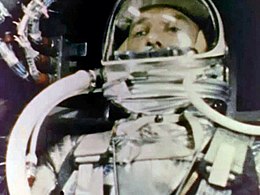 Historical Studies in the Societal Impact of Spaceflight
by
William Sims Bainbridge; Andrew Butrica; Steven J. Dick (Editor); W. Henry Lambright; Roger D. Launius; Jim Pass; Eligar Sadeh; David J. Whalen
Historical Studies in the Societal Impact of Spaceflight
by
William Sims Bainbridge; Andrew Butrica; Steven J. Dick (Editor); W. Henry Lambright; Roger D. Launius; Jim Pass; Eligar Sadeh; David J. Whalen
 Aviation in Florida
by
Kevin McCarthy
Aviation in Florida
by
Kevin McCarthy




Base of Apollo 11, State Archives of Florida, Florida Memory, https://www.floridamemory.com/items/show/8730



Visit our Primo Research Guide if you have any questions.

